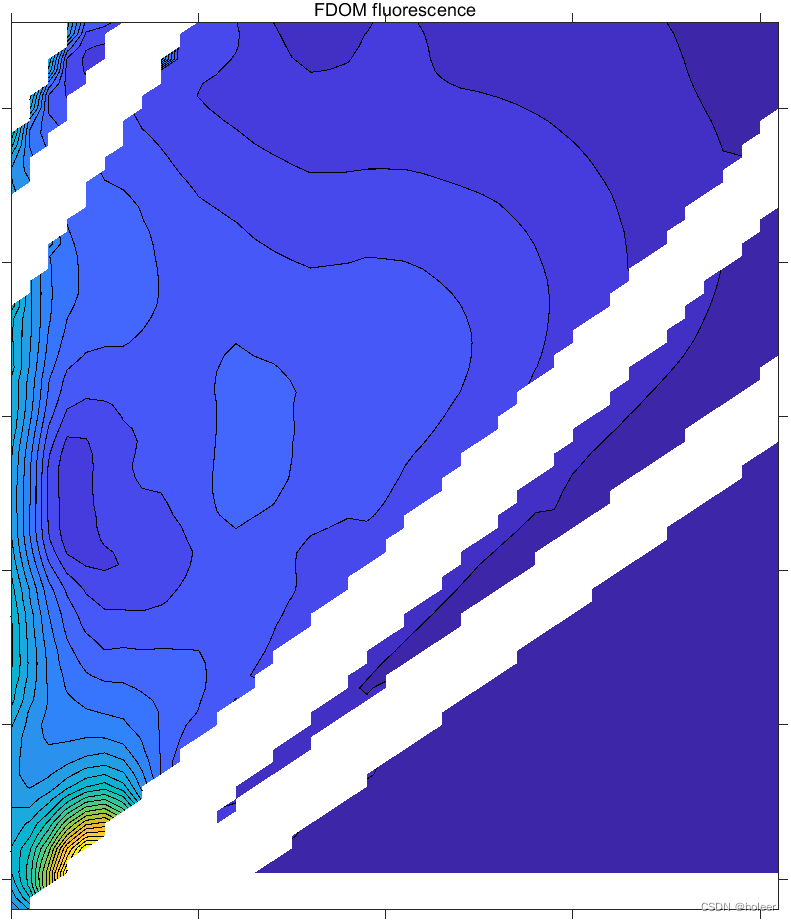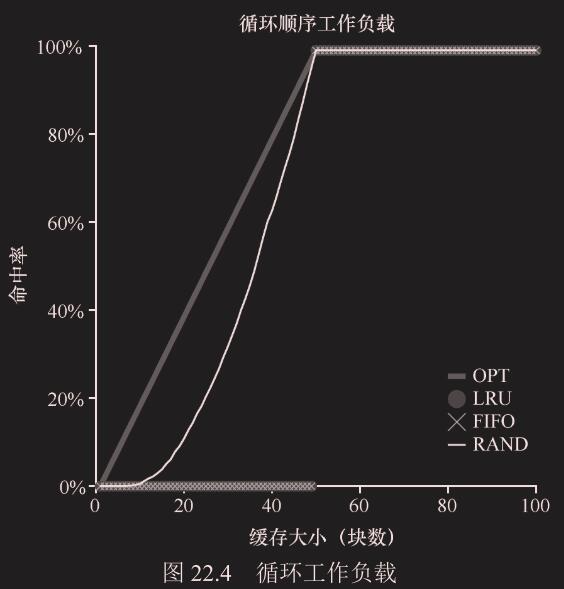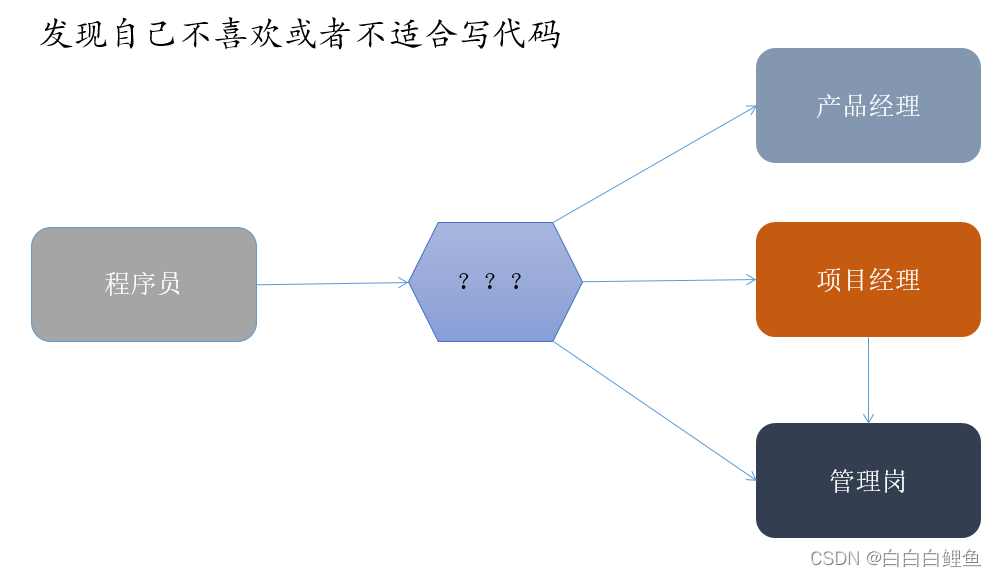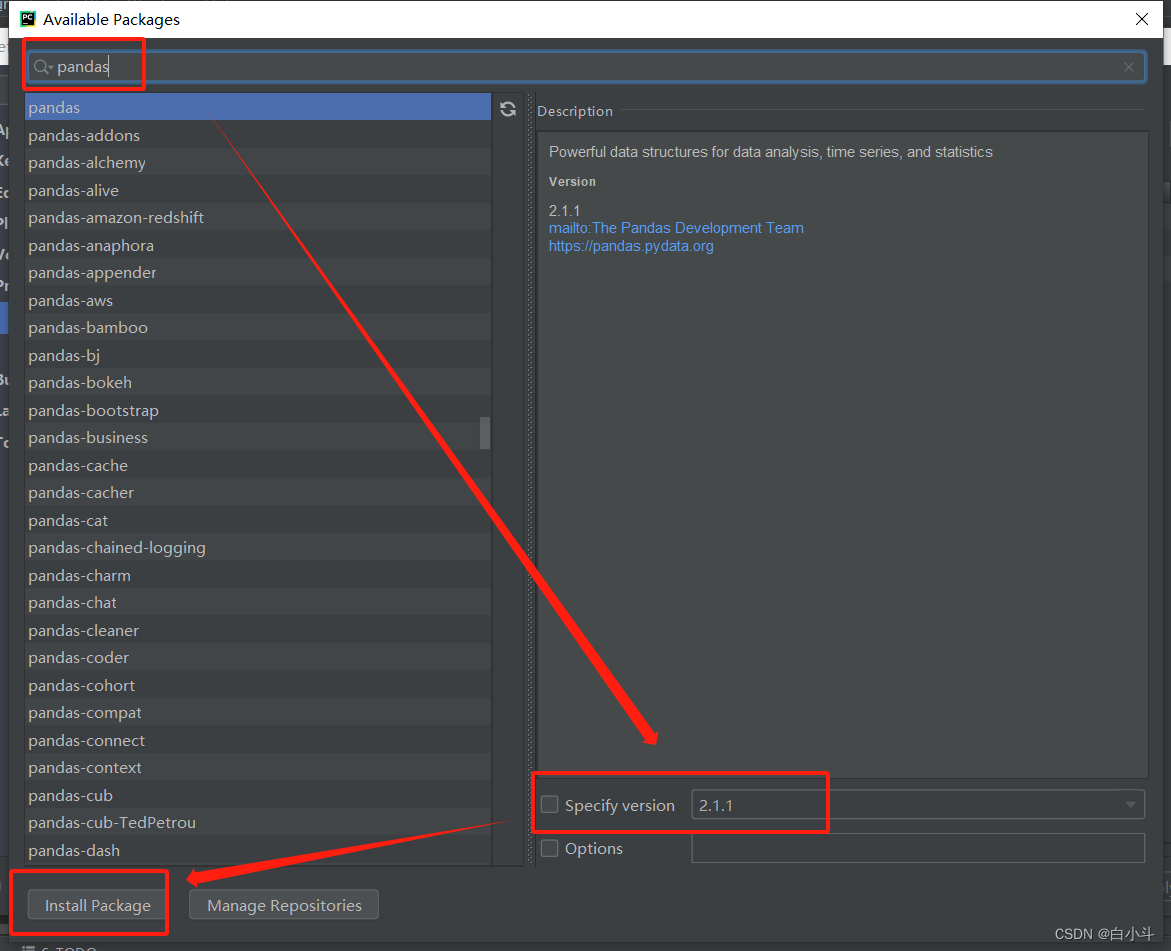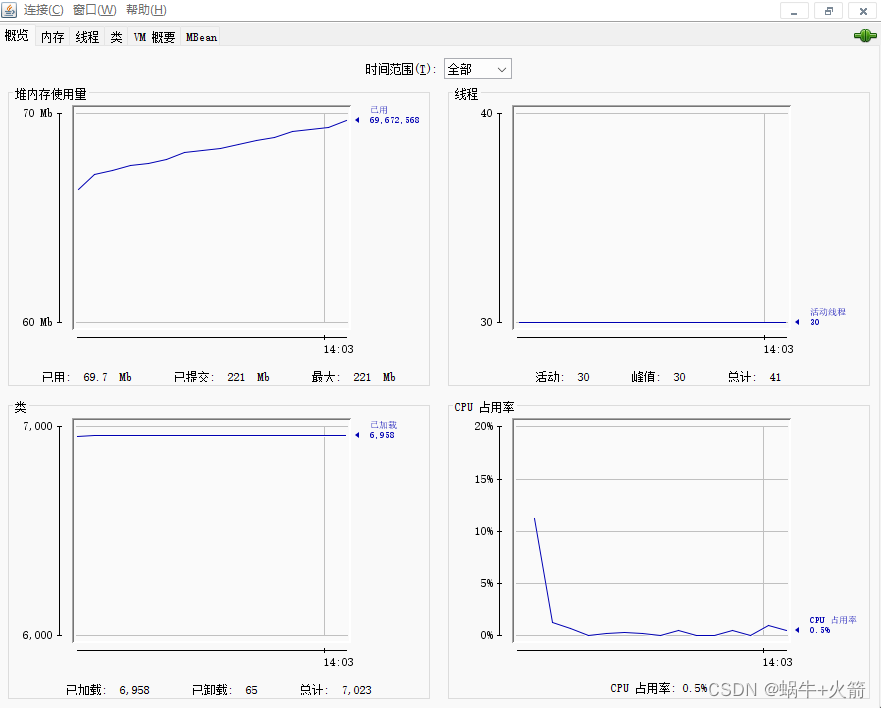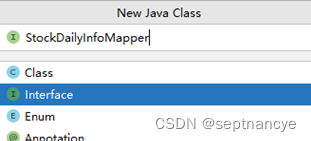📙 作者简介 :RO-BERRY
📗 学习方向:致力于C、C++、数据结构、TCP/IP、数据库等等一系列知识
📒 日后方向 : 偏向于CPP开发以及大数据方向,欢迎各位关注,谢谢各位的支持

栈
- 1.栈
- 1.1栈的概念及结构
- 1.2栈的实现
- 1.2.1 Stack.h
- 1.2.2 Stack.c
- 初始化
- 入栈
- 出栈
- 获取栈顶元素
- 获取栈中有效元素个数
- 判空
- 销毁
- 1.3 源代码
- Stack.h
- Stack.c
1.栈
1.1栈的概念及结构
栈:一种特殊的线性表,其只允许在固定的一端进行插入和删除元素操作。进行数据插入和删除操作的一端称为栈顶,另一端称为栈底。栈中的数据元素遵守后进先出LIFO(Last In First Out)的原则。
压栈:栈的插入操作叫做进栈/压栈/入栈,入数据在栈顶。
出栈:栈的删除操作叫做出栈。出数据也在栈顶。
这里有一张学长做的图片,我们借鉴来看一下

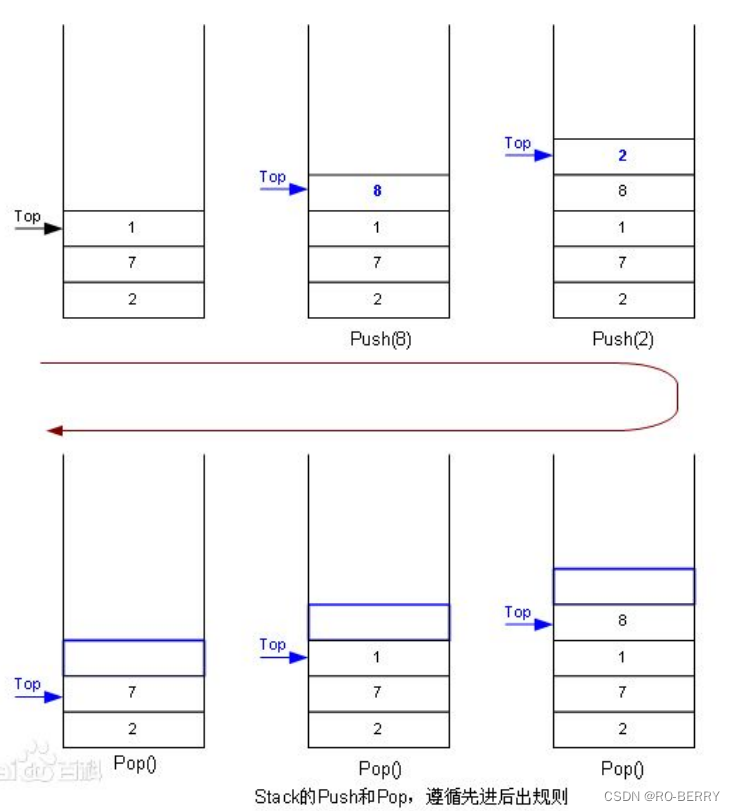
1.2栈的实现
栈的实现一般可以使用数组或者链表实现,相对而言数组的结构实现更优一些。因为数组在尾上插入数据的代价比较小。


我们接下来将整个栈的函数体实现出来
分为三个文件:
- Stack.h (函数头和函数体)
- Stack.c (功能具体实现)
- Test.c (功能测试)
1.2.1 Stack.h
#include<stdio.h>
#include<stdlib.h>
#include<assert.h>
#include<stdbool.h>// 下面是定长的静态栈的结构,实际中一般不实用,所以我们主要实现下面的支持动态增长的栈
//typedef int STDataType;
//#define N 10
//typedef struct Stack
//{
// STDataType a[N];
// int top; // 栈顶
//}Stack;// 支持动态增长的栈
typedef int STDataType;
typedef struct Stack
{STDataType* a;int top;int capacity;
}ST;// 初始化栈
void STInit(ST* ps);// 入栈
void STPush(ST* ps, STDataType x);// 出栈
void STPop(ST* ps);// 获取栈顶元素
STDataType STTop(ST* ps);// 获取栈中有效元素个数
int STSize(ST* ps);// 检测栈是否为空
bool STEmpty(ST* ps);// 销毁栈
void STDestroy(ST* ps);
1.2.2 Stack.c
初始化
我们将队列中容量和个数都置为0,将存储数值的指针变量a置为空
void STInit(ST* ps)
{assert(ps);ps->a = NULL;ps->capacity = 0;ps->top = 0;
}
入栈
void STPush(ST* ps, STDataType x)
{assert(ps); //先断言判断是否为空if (ps->top == ps->capacity) //如果存储的值个数和容量相等{int newCapacity = ps->capacity == 0 ? 4 : ps->capacity * 2 ; //容量为0则置为4,不为0则置为原容量的两倍STDataType* tmp = (STDataType*)realloc(ps->a, sizeof(STDataType) * newCapacity); //开辟新空间if (tmp == NULL){perror("realloc fail");exit(-1);}ps->a = tmp;ps->capacity = newCapacity;}ps->a[ps->top] = x;ps->top++; //数值增加了一个
}
出栈
void STPop(ST* ps)
{assert(ps);assert(ps->top > 0);--ps->top;
}
获取栈顶元素
STDataType STTop(ST* ps)
{assert(ps);assert(ps->top > 0);return ps->a[ps->top - 1];
}
获取栈中有效元素个数
int STSize(ST* ps)
{assert(ps);return ps->top;
}
判空
bool STEmpty(ST* ps)
{assert(ps);return ps->top == 0;
}销毁
void STDestroy(ST* ps)
{assert(ps);free(ps->a);ps->a = NULL;ps->top = ps->capacity = 0;
}
1.3 源代码
Stack.h
#define _CRT_SECURE_NO_WARNINGS 1
#include<stdio.h>
#include<stdlib.h>
#include<assert.h>
#include<stdbool.h>下面是定长的静态栈的结构,实际中一般不实用,所以我们主要实现下面的支持动态增长的栈
//typedef int STDataType;
//#define N 10
//typedef struct Stack
//{
// STDataType a[N];
// int top; // 栈顶
//}Stack;typedef int STDataType;
typedef struct Stack
{STDataType* a;int top;int capacity;
}ST;void STInit(ST* ps);
void STDestroy(ST* ps);
void STPush(ST* ps, STDataType x);
void STPop(ST* ps);
STDataType STTop(ST* ps);
int STSize(ST* ps);
bool STEmpty(ST* ps);
Stack.c
#define _CRT_SECURE_NO_WARNINGS 1
#include"Stack.h"
void STInit(ST* ps)
{assert(ps);ps->a = NULL;ps->capacity = 0;ps->top = 0;
}
void STDestroy(ST* ps)
{assert(ps);free(ps->a);ps->a = NULL;ps->top = ps->capacity = 0;
}
void STPush(ST* ps, STDataType x)
{assert(ps);if (ps->top == ps->capacity){int newCapacity = ps->capacity == 0 ? 4 : ps->capacity * 2 ;STDataType* tmp = (STDataType*)realloc(ps->a, sizeof(STDataType) * newCapacity);if (tmp == NULL){perror("realloc fail");exit(-1);}ps->a = tmp;ps->capacity = newCapacity;}ps->a[ps->top] = x;ps->top++;
}
void STPop(ST* ps)
{assert(ps);assert(ps->top > 0);--ps->top;
}
STDataType STTop(ST* ps)
{assert(ps);assert(ps->top > 0);return ps->a[ps->top - 1];
}
int STSize(ST* ps)
{assert(ps);return ps->top;
}
bool STEmpty(ST* ps)
{assert(ps);return ps->top == 0;
}最后的Test可以自由发挥
![2023年中国商业版服务器操作系统市场发展规模分析:未来将保持稳定增长[图]](https://img-blog.csdnimg.cn/img_convert/f2945dd898ffe19816297b0fe41631b1.png)
